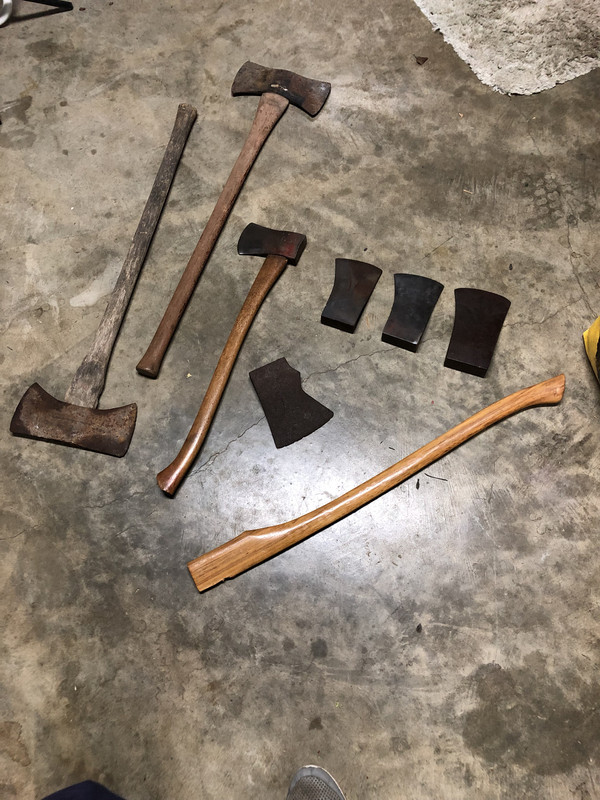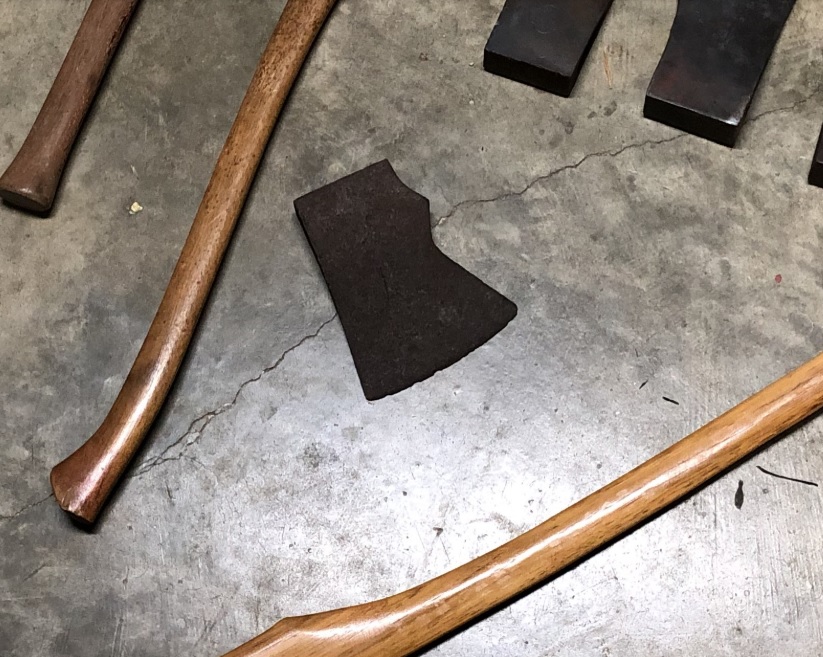It is a tank but comfortable and feels right, sturdy.
I am not sure of its accuracy and I am curious to learn an accurate accuracy test.
I have used countless plastic torpedoes such as this when heat and water piping, my test after dropping and smashing might consist of comparing it to the helpers level that was always so clean and proper.
Thanks SquarePeg, when I do get her cleaned up a little I will repost. It's a fantastic well made tool
Testing a level is very easy. Just set it on a marked location on a flat surface or use a door jamb when testing vertical vials. Note
carefully how the level reads. Then rotate it 180° and check it again. If it's accurate it will read the same either way. I like to set a level on a countertop flush to the edge and flush to a corner. It's very easy to duplicate that when you flip it around. It doesn't matter whether or not the countertop is level. If the bubble is off to one side then it should be off exactly the same amount when you flip it around.
But if you really like to see the bubble centered, do this. Stack post-it notes under the low side until the bubble is perfectly centered. Then flip it around. It should read the same.
For testing vertical vials find a flat door jamb. It needn't be plumb, just flat so the level doesn't rock. Place the level against the jamb in a marked and repeatable location, like flush with the outside of the jamb and tight against the header. Read it
carefully. Then spin it vertically 180° and place it back in the exact same location. If it reads exactly the same then it is accurate.
And you can level an object with an inaccurate level. Shim the object until the level reads exactly the opposite when you flip it around. Then it's level. For example, in one reading the bubble may be touching the left line. Flip the level 180°. If it's now touching the right line than the surface is level and the level is flawed.
You can also test vertical vials against a plumb bob which will always read true.
Finally, you can make a level by attaching a plumb bob to the vertical leg of a square. When the vertical leg is plumb the horizontal leg must be level. You can even do this at camp with 3 sticks, some twine and a rock. Lash the 3 sticks together to form a 3-4-5 triangle - always square thanks to Pythagoras. Any triangle with a leg 4 units long, another leg 3 units long, and the diagonal connecting them 5 units long will be square. And the unit can be any length of your choosing, e.g. a stick cut to some length. You can lay out 12 equal units along a twine and attach the twine to your stick triangle such that the 12 measured units form a 3-4-5 triangle. Multiples of 3-4-5 work just the same as in 6-8-10 or 9-12-15 or 15-20-25. Once you've made that right triangle, match a vertical leg to a plumb bob made from a rock tied to a string. When the vertical leg matches the plumb the horizontal leg will be level. Make a large triangle and you could sight along the level horizontal leg to level the corners of a cabin. Good ol' Pythagoras never fails us.

















